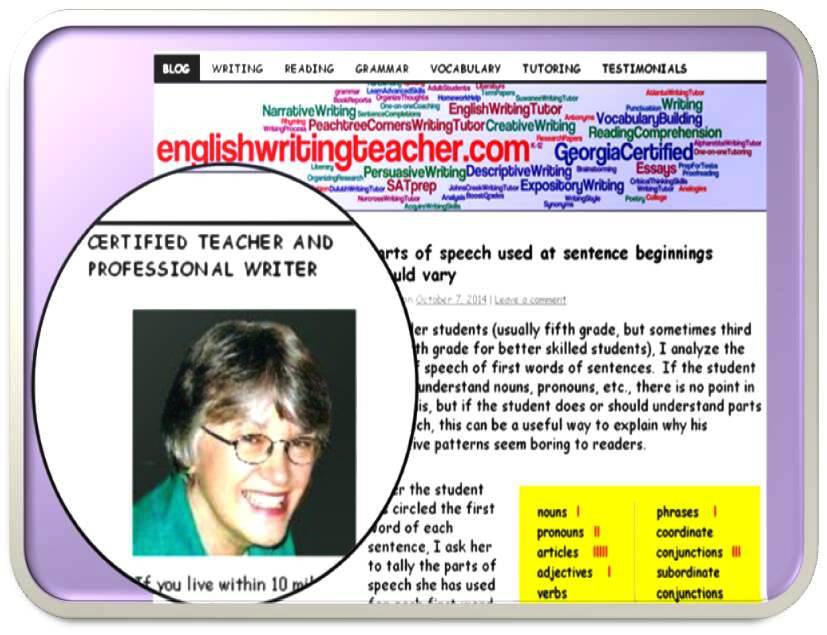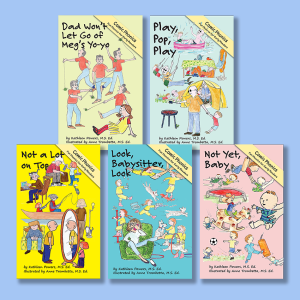A reader asks how to teach spelling with G and spelling with J.

J always sounds like J as in jam, Jen, gin, John and June. That is true if the J is at the beginning of a word or if the J is in the middle of a word. A child learning to read or to spell needs to know only a handful of words with a J in the middle of the word: ajar, banjo, and adjective. A few other words begin with either the prefix ab- or ad- followed by a J: abject, adjoin, adjust and adjacent. I suspect only the word “adjust” needs to be part of a first grader’s vocabulary and spelling.
With just three or four exceptions, J is found only as the first letter in words.
G is trickier. In most words starting with the letter G, the G sounds like a hard G as in game, go and goofy. Hundreds of words begin with a hard G.
Rules for hard G include
- Use a hard G before consonants, as in “grade.”
- Use a hard G before the vowels a, o, and u, as in “go.”
- Use a hard G as the last letter in a word, as in “rug” and “ring.”
When G is followed by an E, an I, or a Y, usually the G sounds like a soft G (the same sound as a J) as in gem, giraffe, and gym. Many words begin this way.
Rules for soft G include
- Use a soft G before the vowels E, I, and Y, as in “gem” and “gym.”
- Use a G followed by an E at the end of a soft G-ending word, as in “ageing” and “binge.”
However, about a dozen words a first grader might know do not follow the soft G rules. In these words, the G is followed by an E or an I, yet the G sounds like a hard G. These words include
| gear | gecko | geek |
| geese | get | geyser |
| gift | giggle | gilded |
| gills | ginkgo | girdle |
| girl | give |
I would teach these words as exceptions to the rule of soft G. Limit the number of exceptions to a handful at first–maybe “get,” “gift,” “girl,” and “give”–so as not to overwhelm the student. Practice them often to reinforce their spelling. With time, they will become sight words, as almost all learned words do.





